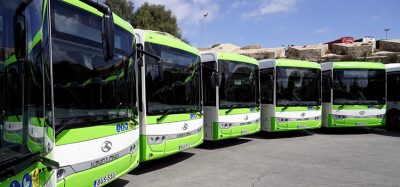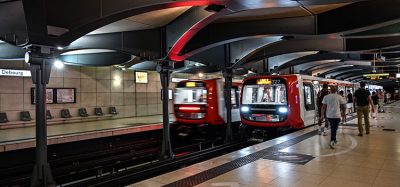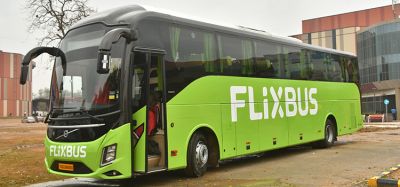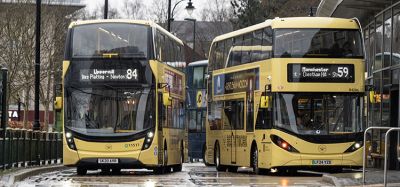New software utilised to help design more inclusive cycling routes
- Like
- Digg
- Del
- Tumblr
- VKontakte
- Buffer
- Love This
- Odnoklassniki
- Meneame
- Blogger
- Amazon
- Yahoo Mail
- Gmail
- AOL
- Newsvine
- HackerNews
- Evernote
- MySpace
- Mail.ru
- Viadeo
- Line
- Comments
- Yummly
- SMS
- Viber
- Telegram
- Subscribe
- Skype
- Facebook Messenger
- Kakao
- LiveJournal
- Yammer
- Edgar
- Fintel
- Mix
- Instapaper
- Copy Link
Posted: 4 December 2019 | Intelligent Transport
The software, which until now is said to have been used to analyse and accommodate movement of motor vehicles, aims to simulate accurate real-life movements of cyclists.


Sustrans, a UK walking and cycling charity and custodian of the National Cycle Network, has reportedly adapted an AutoTURN® software in a bid to help engineers and town planners design streets that make cycling convenient and accessible to more people.
The software is said to help identify potential barriers on paths and ensure smooth flow and turn for different types of cycles, including tricycles, tandems and cargo bikes.
Engineers will then receive real-time feedback at the design stage on whether a path or a cycle track is accessible and practical for different types of cycles.
To help assess the turning characteristics of cycles, Sustrans has reportedly carried out a series of field tests to determine a cycle’s manoeuvrability when turning including: how quickly someone can steer from a straight-line path into a curve, how fast someone can travel around a tight bend, and how far they need to lean to do so.
Giulio Ferrini, Head of Built Environment at Sustrans, said: “The lack of consistent, high-quality cycling infrastructure across the UK means that many people don’t see cycling as an everyday means of transport. Currently, only seven percent of disabled people cycle in the UK but 33 percent would like to start.
“We believe this tool can play an instrumental role in opening up cycling to more people, as it clearly displays in a user-friendly way how different cycles move through space and their varying space requirements. This will ensure that local authorities and partners design streets and urban environments that are more practical, accessible and inclusive.”
Isabelle Clement, Director of Wheels for Wellbeing, added: “Too often we find that cycle infrastructure fails to accommodate the needs of non-standard cycles, which not only excludes many disabled cyclists but also family and freight cyclists who use larger cycles.
“With this exciting new piece of software, however, we have something that could radically change designers’ perception of cycling, and which could ultimately lead to more accessible and inclusive cycle infrastructure.”
Related topics
Infrastructure & Urban Planning, Passenger Accessibility, Passenger Experience, Sustainable Urban Transport, Vehicle & Passenger Safety
Related modes
Cycling
Related cities
UK
Related organisations
Sustrans
Related people
Giulio Ferrini, Isabelle Clement








